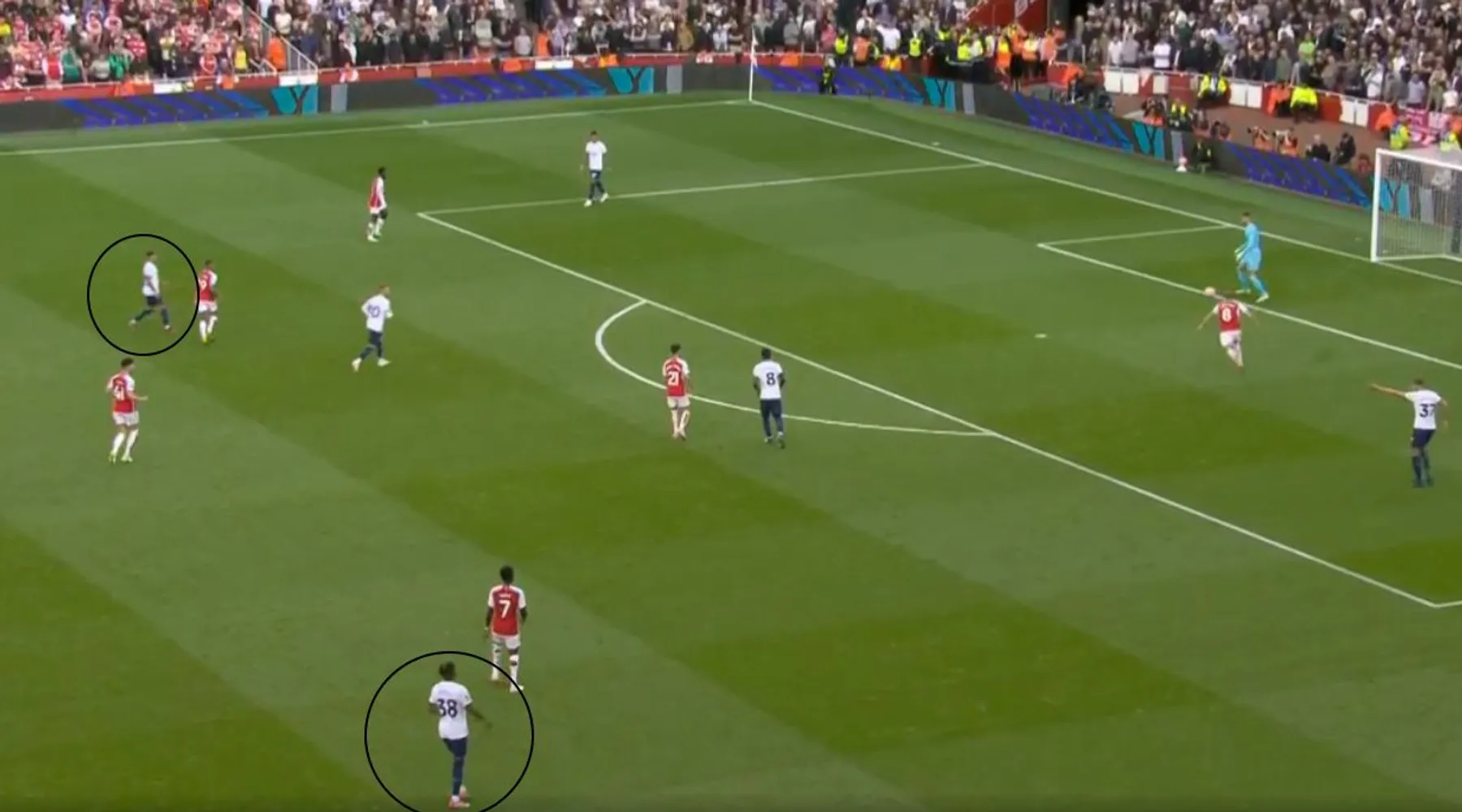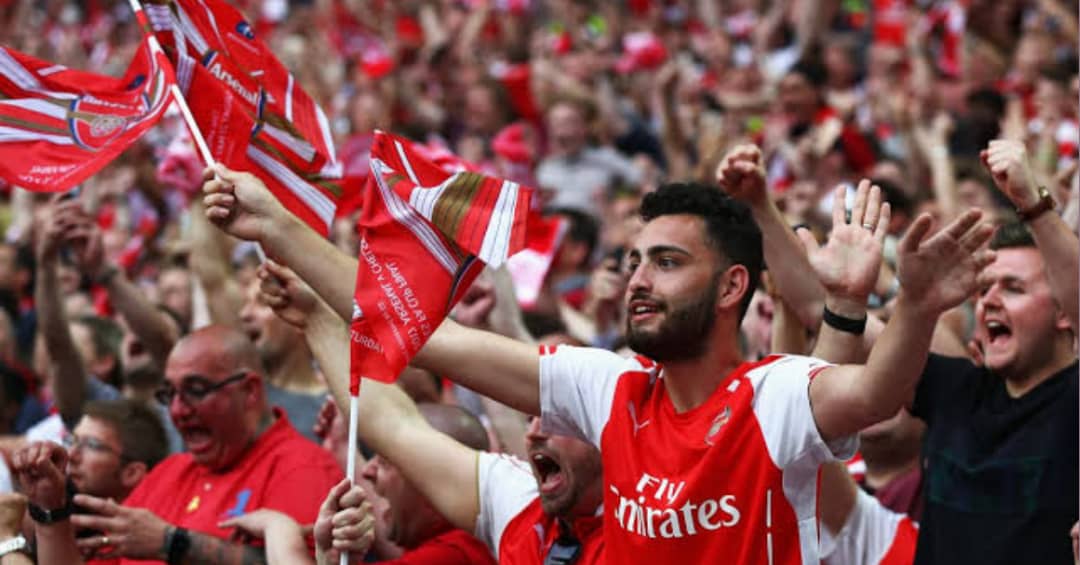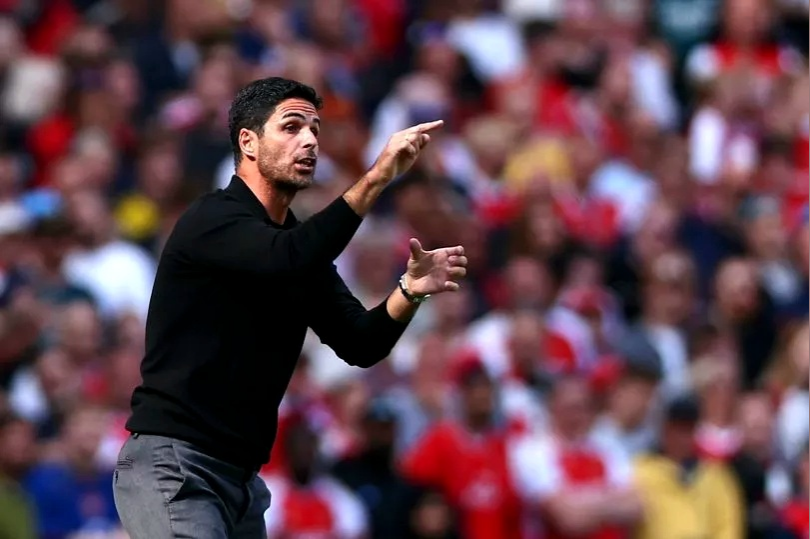The draw between Tottenham Hotspur and Arsenal in the North London Derby is examined by Alex Keble.
Ange Postecoglou will be the happier of the two managers after seeing his team exhibit the courage necessary for “Ange ball” to succeed in a tumultuous, energizing, and thoroughly entertaining 2-2 draw between Arsenal and Spurs.
The aggressive, attacking style of football played by Postecoglou is a high-risk, high-reward tactic that calls for guts and confidence.
The whole system falls apart if the players don’t buy in or if they run away when faced with a challenging situation.
See what occurred during the North London Derby.
Certainly not, according to Spurs.
They challenged Arsenal to a duel and tried to win on their terms by battling back from deficits twice to tie the score.
Spurs have already this season earned eight points from losing positions, the second-most of any team, which is evidence of the psychological benefits of playing aggressively attacking football.
Additionally, Arsenal has cause for optimism.
They exploited Spurs’ weaknesses for extended stretches, particularly in the opening half, before things started to falter a little after Declan Rice’s injury.
See Arteta’s explanation for Rice’s substitution at the break.
Here is the tactical account of the north London derby.
Spurs are abused by the press and Saka switches of Arsenal.
Arsenal’s set-up gave them the advantage in two different ways before Rice went off and the patterns changed (more on that below).
First, Arteta’s high press successfully pinned Spurs inside their own half.
Postecoglou’s team constantly attempts to pass dangerously out from the back, which encourages a press.
However, while they typically have the ability to pop the ball around the corner and escape, Arsenal managed to stop them thanks to their creative use of inverted full-backs.
In order to take advantage of Spurs’ formation, Arteta crammed the center of the field more tightly than usual. Arsenal ring-fenced the area, making the visitors appear much too narrow, whereas Spurs typically have numerical overloads in the middle thanks to those full-backs dipping infield.
The Spurs full-backs (circled) struggled to find space in this picture, which was taken just seconds before Gabriel Jesus tackled James Maddison but failed to take advantage of a great opportunity to make it 2-0.
After winning the ball, Arsenal quickly and relentlessly attacked through Bukayo Saka while Spurs were having trouble leaving their own half.
Only Arsenal’s Oleksandr Zinchenko had more touches (38 total) during the first half than he did.
Spurs’ full-backs are anticipated to defend the flank on their own, so Arsenal’s strategy was to quickly switch the ball from one side to the other.
Saka’s inside cut and subsequent shot on goal for the Gunners’ opening goal were directly attributable to Destiny Udogie, whose early yellow card set the tone for their altercation.
Spurs’ willingness to take risks is rewarded after Postecoglou adjusts.
The first equalizer by Spurs was a prime illustration of how Postecoglou’s unyielding strategies can give his players confidence.
Spurs persisted despite Arsenal’s successful press, eventually breaking the lines, setting up in the opposing half, and forcing an equalizer minutes later.
After this goal, the tide turned, and Spurs had a lot more success getting out.
This could have been for a number of reasons.
The Spurs players most likely came up with a change on their own, but perhaps Postecoglou’s apparent adjustment to his build-up structure was most significant.
As they attempted to maneuver around their hosts in that compact group of bodies, Spurs started to split apart more widely.
The back line is getting wider according to Spurs’ average positions in the first and second halves.
The squad’s flaws are exposed by Arsenal’s subs.
The Arsenal press began to significantly wane after a double substitution at halftime disrupted their system, which was the other major factor in the change.
Fabio Vieira and Rice performed significantly better than Kai Havertz and Jorginho.
That was a recurring theme in Arsenal’s frustrating second half, where they lacked confidence in the final third.
Reiss Nelson and Emile Smith Rowe had little impact, Eddie Nketiah struggled to make an impact, and it appears Arteta’s bench is still devoid of game-changers.
But out of all the substitutes, Jorginho made the most notable difference. He was taken away shortly after Saka’s penalty gave Arsenal a 2-1 lead, allowing Spurs to tie the score 98 seconds later.
From the perspective of Spurs, the goal was yet another illustration of Postecoglou’s best qualities: unwavering energy and confidence.
It is to the Australian’s credit that Spurs already have a Postecoglou-like sense of identity.
He had said before the game, “This is the kind of experience I want the guys to have and for us to have as a group to help us grow.”.
“Being in the shade won’t help you grow; you need to lift your head to look at the sun.
“.
In no way did Spurs conceal.
Although neither team’s supporters were happy with the outcome, Spurs supporters should be very encouraged by what they witnessed.
For more updates, we are at your service all day long and all night long.




